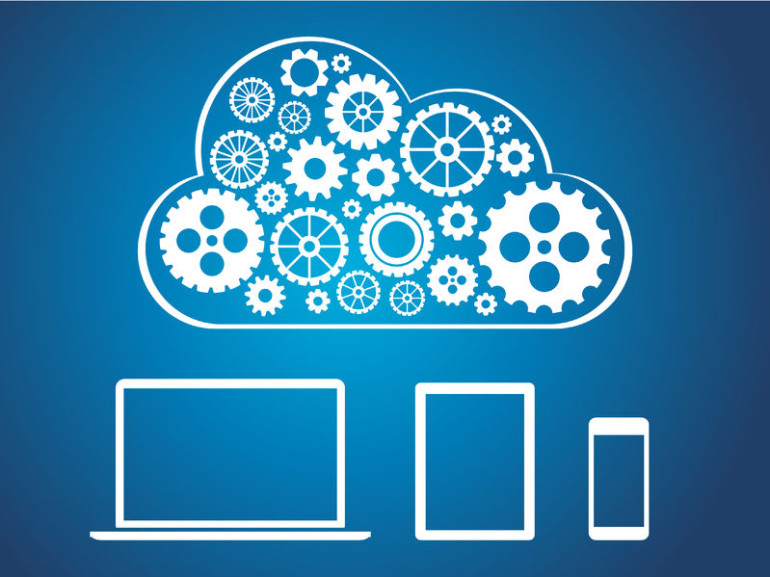 Cloud computing is slowly changing the face of the modern office space. Not only in the way that businesses address their data center and storage needs, but also in the day to day front line operation of the office itself.
Cloud computing is slowly changing the face of the modern office space. Not only in the way that businesses address their data center and storage needs, but also in the day to day front line operation of the office itself.
For many small business owners, the cost of keeping up with rapidly changing technology can be problematical, and they can soon find themselves with an office full of outdated desktop computers running four year old operating systems.
Upgrades are expensive, and typically difficult to implement. But virtualization, made possible by the latest in cloud computing technology, is changing all of that.
Today, small business owners are finding that a Virtual Desktop Infrastructure can provide employees with the computing power and flexibility they need, at a cost that will keep the accounting division happy.
What is VDI?
VDI, or Virtual Desktop Infrastructure, is an alternative to the traditional machine based IT model. Instead of every employee having a desktop computer with a separate and distinct operating system, the desktop OS is hosted by a virtual machine that runs on a single server. This can be a proprietary on-site server, or more often, a cloud based server.
With VDI, a single streamlined desktop environment is available to any employee with an internet connection, and from anywhere in the world. While the primary benefit of Desktop Virtualization may be saving money, its value to small businesses goes far beyond a positive cost/benefit analysis.
The Benefits of Desktop Virtualization
Desktop Virtualization offers a number of distinct benefits to the small business owner. More than simply cost efficient, VDI can make your office more flexible, more competitive, and more responsive to the needs of clients and customers. But let’s look more closely at what Desktop Virtualization has to offer your business.
- Mobile Access – For many small businesses, a mobile workforce is essential. But there are two main problems when it comes to workforce mobility, cost and security. Supplying all of your employees with laptops and other digital devices is expensive, and you never have any real control over what they may access on their own time. Allowing your employees to use their own devices solves the cost problem, but again creates a security issue. With Desktop Virtualization, employees have access to a single desktop OS with applications and protocols that only you control. Access can be made from anywhere with a Wi-Fi or hard internet connection, keeping your workforce mobile and your network secure.
- Increased Flexibility – Traditional machine based IT models require that you set up a separate desktop environment for each employee. Virtualization allows you to set up a single desktop interface that can be accessed from any terminal. Desktop environments can be easily personalized by the company administrator, without the need to service each individual desktop. Moreover, it’s quicker and easier to integrate new employees into the workforce, as providing them with their own desktop environment takes only a few clicks of your mouse.
- Easy Maintenance – Desktop Virtualization makes regular computer maintenance easy. Software upgrades only have to be installed once, as opposed to the slow and costly process of installing in update on individual desktops or laptops. Customizations that may hider performance can be easily removed, again without the need to service each and every terminal.
- Increased Security – A common problem that all business owners face, is their employees downloading potentially hazardous software or files. Desktop Virtualization allows you to set your own protocols and permissions, preventing employees from downloading files or software that may contain spyware or malware. This not only protects your network, but reduces the need for costly troubleshooting and maintenance.
- Cost/Benefit – Beyond simply saving money on hardware, VDI offers further savings opportunities. Desktop Virtualization reduces the need for a full sized IT department, cutting man hour costs significantly. Because only a single ‘virtual’ desktop environment is being accessed by all employees, software licensing costs are kept to a minimum. The increased control over security means fewer instances of downtime due to malware, further reducing maintenance costs.
Whether through a central on-site server, or via the cloud, Desktop Virtualization is changing the way businesses address their office computing needs.
VDI not only offers significant money saving opportunities, it helps businesses become more competitive in a tight economy.
In many ways, Desktop Virtualization is putting the computing power of larger corporations within reach of the small business owner.